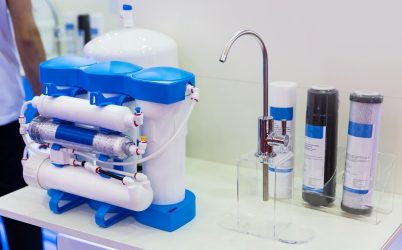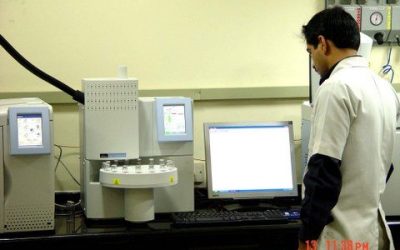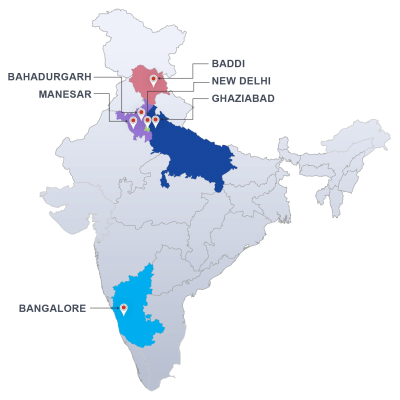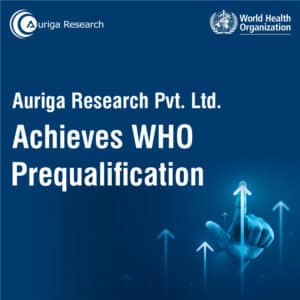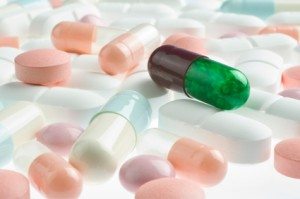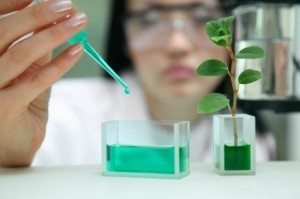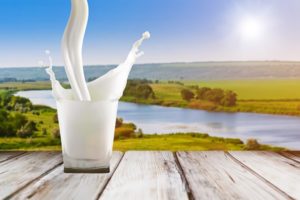High turbidity in water indicates the presence of pathogens, microbes, protozoa. The particles of turbidity provide shelter for microbes; this is why a periodic turbidity test is important to ensure water quality and safety of public health. So, whether you have a food and beverage business or pharmaceutical manufacturing business or you are sceptical about the water supply, get your water tested as the turbidity measuring will show how safe your water is for consumption. Turbidity must be measured quite often as its value changes frequently.
What is the Turbidity of Drinking water?
Significantly, Water contains suspended solids that consist of different particles of varying sizes. Some of the particles are large enough and heavy enough to eventually settle to the bottom of a container if a sample is left standing (these are the settleable solids). The smaller particles will only settle slowly, if at all (these are the colloidal solids). These particles make the water appear turbid.
Excessive turbidity, or cloudiness, in drinking water is aesthetically not appropriate and also indicates that it is not fit for consumption. It can lead to water borne disease, intestinal sickness and several health problems. Turbidity is a measure of the degree to which the water loses its transparency due to the presence of suspended particulates. It is considered as a parameter to check the quality of water.
Reasons behind turbidity in water
There are various parameters influencing the cloudiness of the water. Some of these are:
– Phytoplankton
– Sediments from erosion
– Resuspended sediments from the bottom
– Waste discharge
– Algae growth
– Urban runoff
Limit of Turbidity in Drinking water
According to World Health Organisation, the turbidity of drinking water shouldn’t be more than 5 NTU, and should ideally be below 1 NTU.
Impact of high turbidity in water
The presence of suspended particles in water absorbs heat from the sunlight which makes the turbid water warmer thereby lowering the concentration of oxygen in the water as oxygen dissolves better in colder water. Besides, warm water becomes unfit for some organisms too.
Notably, the suspended particles scatter the light, thus decreasing the photosynthetic activity of plants and algae, which lowers the oxygen concentration. Consequently, turbid water harms the fish eggs and insect larvae. It also clogs the filters. Even though turbidity itself is not a risk, it indicates the presence of pathogenic microorganism and an alarming sign of deleterious elements in the water supply system.
What causes Turbidity in water?
- Organisms like phytoplankton, erosion and effluent from highly urbanized zones contribute to the turbidity of waters. Construction, mining and agriculture, disturb the soil and can lead to raised levels of sediment which runoff into waterways during storms. Storm water from paved surfaces like roads, bridges and parking lots also contribute to turbidity.
- In drinking water, the higher the level of turbidity shows that it could develop gastrointestinal diseases. Contaminants like viruses and pathogenic bacteria can attach themselves to the suspended solids. These solids then interfere with the disinfection process.
- High turbidity levels can reduce the amount of light reaching lower depths in bodies of water like rivers, lakes and reservoirs, which inhibits growth of some forms of aquatic plants and can negatively affect species that are dependent on them, like fish and shellfish. High turbidity levels will also hinder a fish’s ability to absorb dissolved oxygen.
How do we measure turbidity?
Turbidity is measured in NTU: Nephelometric Turbidity Units. The instrument used for measuring it is called a nephelometer or turbidimeter, which measures the intensity of light scattered at 90 degrees as a beam of light passes through a water sample.
Turbidity is also an important aesthetic parameter, with turbidity of 4 nephelometric turbidity units (NTU) and above being visible, and affecting the appearance and acceptability of drinking-water to consumers.
| Turbidity Testing Method |
The turbidity of the sample is the reduction of transparency due to the presence of particulate matter such as clay or silt, finely divided organic matter, plankton or other microscopic organisms. These cause light to be scattered and absorbed rather than transmitted in straight lines through the sample. The values are expressed in nephelometric turbidity units (NTU). The method is applicable to drinking, surface and saline waters in the range of turbidity 0-40 NTU. Higher values may be obtained by dilution of the sample.
Nephelometric method
It is based on comparison of the intensity of light scattered by the sample under defined conditions with the intensity of light scattered by a standard reference suspension under the same conditions.
Interferences – Coloured solutes cause lowering of turbidity values.
Sample tubes – The sample tubes should be of clear and colourless glass.
Turbidimeter – The turbidimeter should consist of a nephelometer with a light source for illuminating the sample and one or more photoelectric detectors with a readout device to indicate the intensity of light scattered at right angles to the path of the incident light. It should be designed in a way that little stray light reaches the detector in the absence of turbidity and should be free from significant drift after a short warm up period.
Turbidity testing in labs
It is essential to get your water tested for turbidity from a certified laboratory for accurate results. Laboratory analysis is needed for an accurate and reliable turbidity measurement. Our laboratory has been accredited by NABL to the ISO IEC 17025, since 2003.
With PAN India footprints, we have testing laboratories in New Delhi, Himachal Pradesh, Haryana, and Bangalore. Our labs are also approved by the Bureau of Indian Standards for testing of water to various national and international standards. We can help you comply with water regulatory laws and guidelines. Our laboratory has been accredited and notified by NABL, FSSAI, BIS, CDSCO, ISM&H, APEDA, EIC/EIA, AGMARK.
Contact us to get a turbidity test of your water sample.




